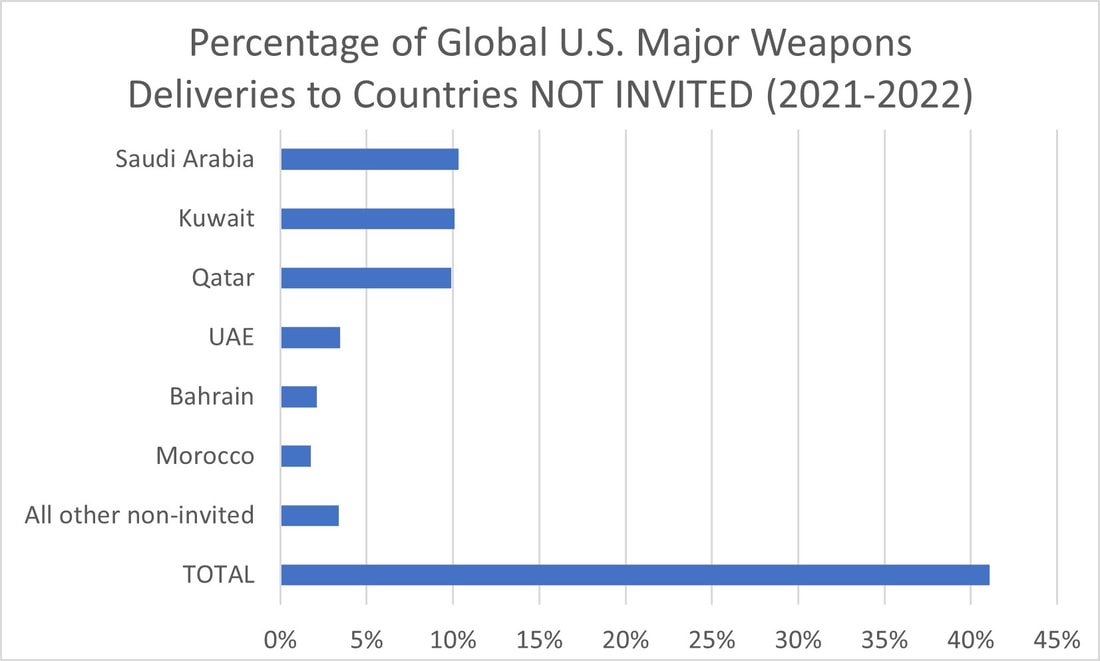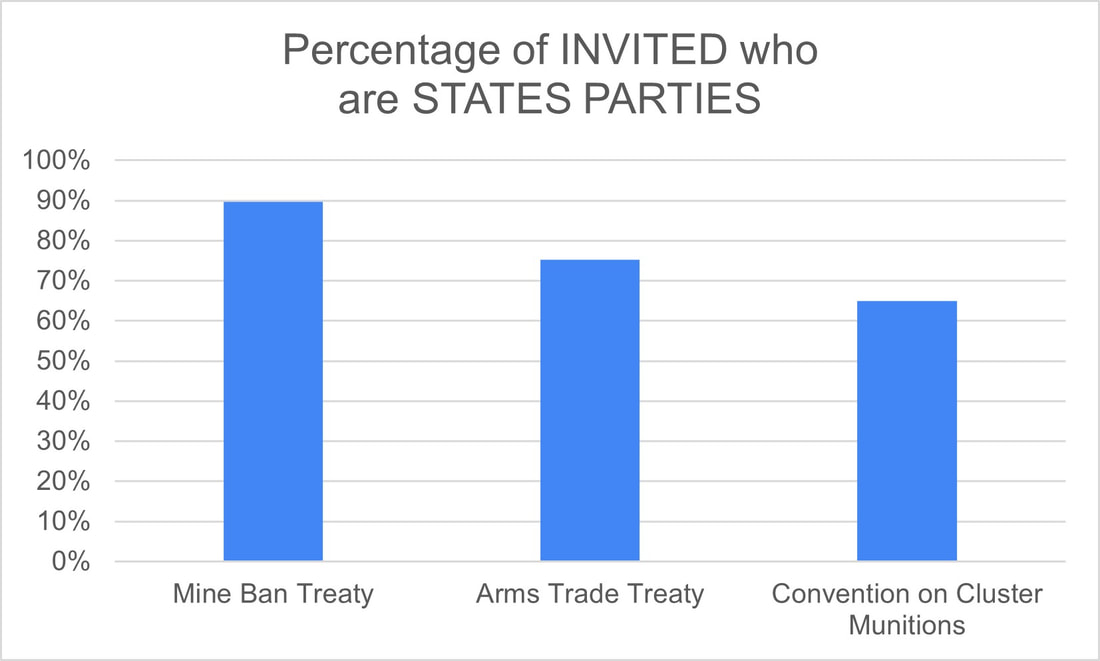 Julián Alfie
Julián Alfie This post is part of a special series of Looking Ahead blog contributions by members of the Forum's Emerging Expert programs.
Insecurity has been one of the most concerning issues for Argentine society for over 20 years. During that same period, public policies regarding the control of firearms and disarmament have experienced unprecedented development in our country. The understanding that firearms are not a source of security but rather a factor that jeopardizes it has, for the first time, become a central topic of discussion on the electoral agenda.
"I am definitely in favor of the free carrying of firearms," said former deputy Javier Milei in 2022, who is now a presidential candidate and emerged as the most voted for candidate in the primary elections. However, this eccentric outsider, a follower of Trump and Bolsonaro, is not the only member of his party who publicly expressed such views. His vice-presidential candidate admitted to being a firearm user and stated that ownership is a "right" for "law-abiding citizens who want to defend themselves." While the controversy surrounding these statements led these candidates to downplay their remarks, the electoral platform presented by the candidate at the beginning of his presidential campaign proposed, regarding firearm ownership, the "deregulation of the legal market and the protection of its legitimate and responsible use by citizens."
"Whoever wants to be armed, can be armed."
Milei is not the first Argentine politician to raise this debate. Five years ago, the then Minister of Security and current presidential candidate for the other major opposition front, Patricia Bullrich, had said in an informal interview outside a restaurant, "Whoever wants to be armed, can be armed; whoever doesn't want to be armed, shouldn't be armed. Argentina is a free country." While her complete statement added that she and her party preferred that people not be armed, controversy quickly erupted. For the first time, the absolute political consensus regarding the need to restrict access to firearms was called into question.
Beyond their ambivalences, two of the three main presidential candidates in Argentina have expressed support for free carrying. Can it be inferred that Argentine society has changed its view on firearms? The answer is not so simple. However, there are signs that the public's demand for security does not translate into support for free carrying.
Argentina is not a heavily armed country. Its rate of 7.4 firearms per 100,000 civilians is, according to the Small Arms Survey, lower than most countries in the region. A recent nationwide survey conducted in May 2023 reflected that 77% of respondents were against "the free carrying of firearms." The society's participation in the disarmament program allowed for the removal of over 200,000 firearms from circulation between 2007 and 2022. Due to the results achieved in its early years, this program was internationally recognized as a model policy in 2013.
The laws on firearm restriction passed in the National Congress in recent years also reflect this consensus, with virtually unanimous votes in favor of firearm control and disarmament. However, the last extension of the disarmament program, voted on in 2021, already sounded an alarm: while 93% of deputies voted in favor, votes against the renewal of the program were recorded for the first time, even though it had been extended seven times before.
An initial conclusion from this data, pending the final results of the presidential elections, is that Argentine society remains predominantly opposed to firearms. However, it can also be inferred that, like in other countries, the threshold of rejection of pro-arms rhetoric may have decreased, even if only relatively, in recent years. It is true that voting for a presidential candidate does not necessarily mean support for all of their proposals, but it probably does indicate a tolerance for most of them.
If this hypothesis is correct, it is necessary to pay attention to this symptom. While Argentina has a well-established social, institutional, and cultural tradition of restricting the circulation of firearms, recent experiences in other Latin American countries demonstrate how easily such controls can be undermined.
What's Happening with Firearms in Argentina?
Argentina currently has around 1,000,000 legally registered firearm users, although most of them are in a situation of illegality due to expired authorizations. Additionally, it is estimated that, including unregistered firearms, the total number of firearms could be three to four times the 1,700,000 recorded in official records.
Between 2011 and 2019, an average of 8 people per day died in Argentina as a result of firearm use. One out of every two intentional homicides in Argentina is committed with a firearm. In 2021, 76% of intentional homicides in Argentina were recorded without the involvement of other crimes.
Firearms are also used for gender-based violence. In general, women and gender-diverse individuals do not possess firearms (as 97% of registered users are males), but they disproportionately suffer the consequences: 1 out of every 4 femicides is committed with a firearm.
Since 2015, Argentina has a model law at the regional level that created and regulates the National Agency for Controlled Materials, responsible not only for the registration and control of the legal firearms market but also for "developing policies aimed at reducing the circulation of firearms in civil society and preventing the effects of armed violence" (Law 27,192). Among other functions, this agency is responsible for implementing the mentioned National Voluntary Firearm Surrender Plan. The creation of the agency was a significant advancement in this regard, although the law is still not fully implemented, as the agency lacks sufficient budgetary resources to carry out all the actions it is responsible for.
The Risks of Free Carrying
Various studies confirm that an increased presence of firearms in society, far from reducing crime (as stated by Milei himself), contributes to an increase in violence, crime, and deaths. Conversely, control policies are associated with a reduction in these problems. The case of the United States, the country with the highest civilian firearm ownership in the world (120 firearms per 100 people), is illustrative. Its homicide rate was 7.5 times higher than the rate in other high-income countries, which is often attributed to its firearm homicide rate, which is nearly 25 times higher. From mass shootings, some of them in schools, to a higher number of suicides and femicides, the effects of the free circulation of firearms have been widely verified in other countries.
Insecurity is undoubtedly a central problem for Argentine society. Even though its homicide rate is relatively low compared to other Latin American countries, the LAPOP survey reflects that it is one of the three countries in the region with the highest number of respondents reporting being victims of crime in 2021. Crime has been a top concern for Argentine citizens for years.
However, there is no serious indication that the demand for more security implies a desire among the citizenry to carry firearms. Discussions about the role of the state, primarily focused on economic policy, cannot be linearly transferred to security policies. Even those sectors with a more reductionist view of the size of the state have historically been in favor of recognizing the state's role in monopolizing the use of force.
Therefore, whoever assumes office in December will have a dual responsibility. On one hand, they must develop effective security policies to reduce crime rates and the perception of insecurity. On the other hand, they must ensure the validity and extension of firearm restriction policies in the face of voices seeking to downplay the significant risks of loosening firearm regulations.
Society is not asking for firearms; it is asking for security. And the data demonstrates that more firearms equate to less security.
Inclusion on the Forum on the Arms Trade emerging expert program and the publication of these posts does not indicate agreement with or endorsement of the opinions of others. The opinions expressed are the views of each post's author(s).










 RSS Feed
RSS Feed